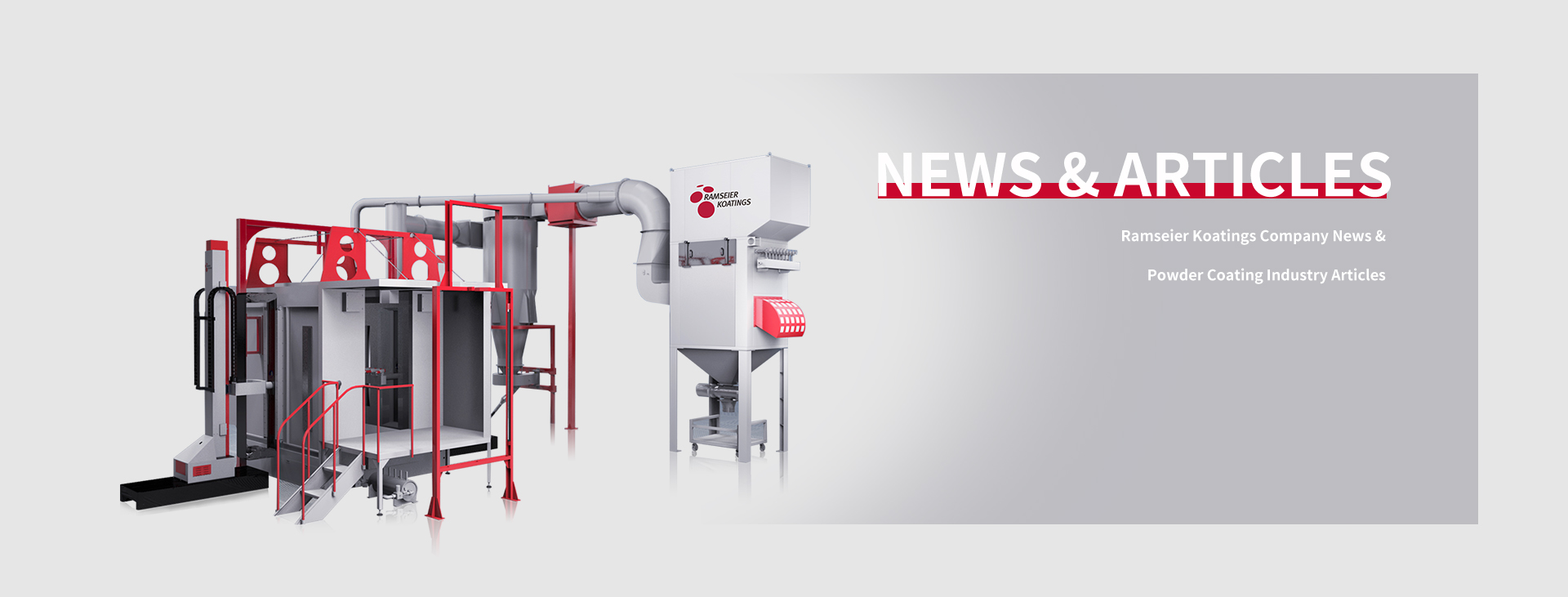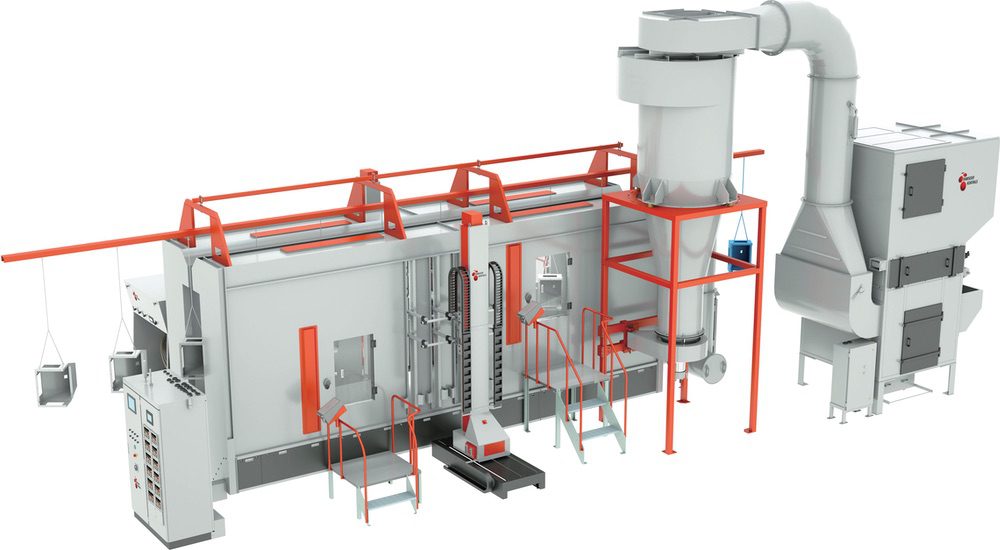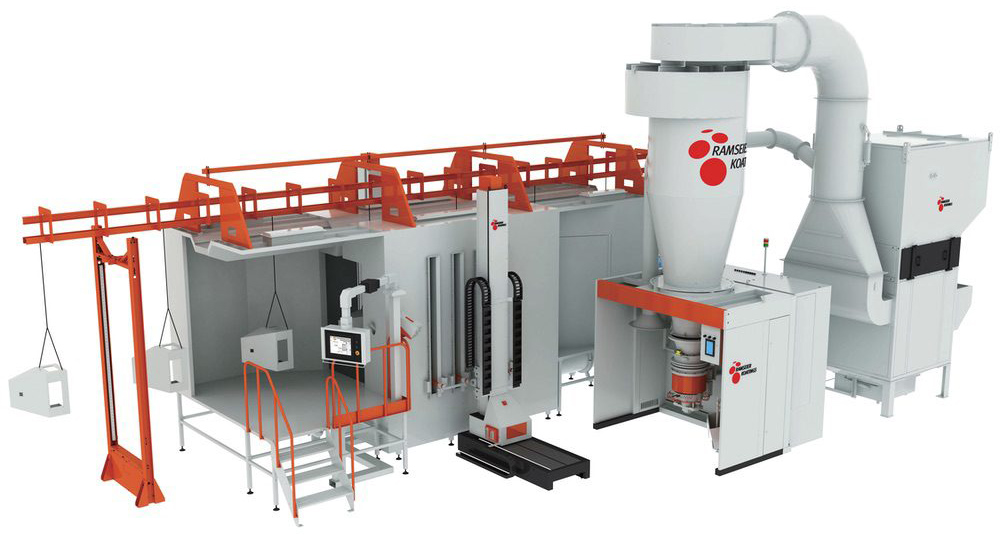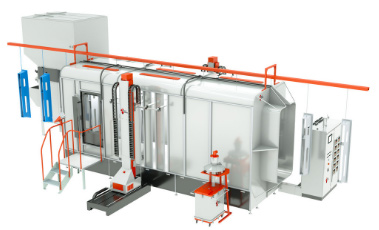Thus, painting and powder coating form the broadest categories of protection for corrosion, impact, and deterioration. Though serving the same purpose, they're widely differing in the form of application, resulting durability, and finishing choices. Often, there is a degree of curiosity as to whether both, when combined, can give any enhanced results.
Here, one has to understand this is a dry finishing method where the surface gets charged with electrostatically applied powder. Later, heat is applied to it to be fused together, thus forming a strong protective layer. The method has come to be known as one highly preferred because of its capability in avoiding rust, denting, and flaking.
On the other part, traditional painting is the one using liquid paint because it dissolves with solvents or water and dries to give a film; further, it provides methods of application by applying either a brush, roller, or spraying gun. This versatility reaches even the choice of colors and finishes for decorations.
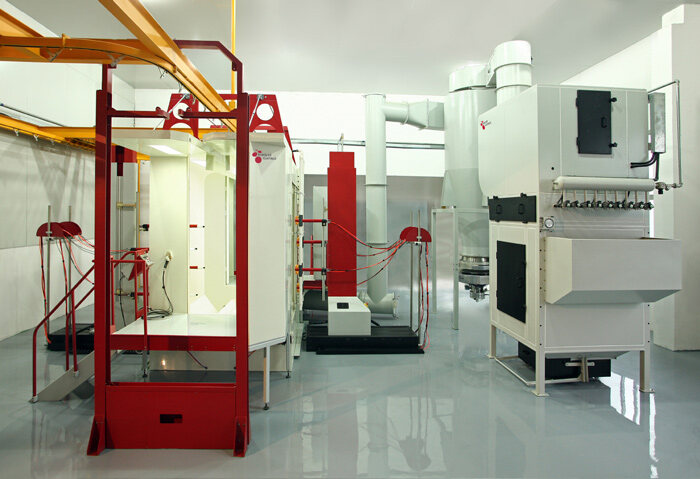
Can Powder Coating and Painting Be Combined?
Yes, sometimes, this combination is referred to as “powder coat over paint” or “paint over powder coat.” Nevertheless, it is worth mentioning that this technique calls for a number of things to be considered properly like compatibility of the coatings with one another and factors affecting adhesion.
Factors that Should be Considered
Several factors must therefore be taken into account before an individual decides to combine powder coating and painting in order to ensure good results:
- Surface Preparation: Proper adhesionbetween the two coatings can only be assured through correct surfacepreparation. In both cases; whether powder coat or paint, the surface should be washedthoroughly, free from any impurities and well primed.
- Compatibility of Coatings: Chemicalcompositions as well as curing procedures differ for paints and powdercoatings. Ensure that the chosen powders are compatible with paints usedby consulting manufacturer’s guidelines or seeking professional advice.
- Application Sequence: The way in whichcoatings are applied affects their adhesiveness as well as overallperformance levels. Ordinarily, it is advisable to use the first layer onthe material which will later be topped by application of paint layer.This makes the paint more durable and allows it to stick tightly to thebase layer.
- Curing and Drying Time: The curing anddrying time of each coating must be considered to ensure proper adhesion.One must allow enough time for the powder coat to cure completely beforepainting or vice versa. When this is not done, there will be poor adhesivenature and other negative effects on performance.
- AdhesionTesting: Before proceeding with the combination of powder coating andpainting on a larger scale, it is advisable to conduct adhesion testing ona small sample area. The test helps in knowing whether or not these twocoatings can adhere together thus making an informed choice.
Advantages of Combining Powder Coating and Painting
Here are the benefits:
- Enhanced Aesthetics: This will result ina unique look depending on the use.
- Improved Protection: By applyingpaint onto a layer of powder coating which is already resistant to wearwhen weathered, better protection from scratches, and ultraviolet damageamong others may be obtained by users.
- Increased durability: A single paintlayer that overlays powder coating can enhance the overall toughened aswell as long-lasting quality of this form of protective coating, therebymaking its surface last longer than it would otherwise be.
- Customizationoptions: Different designs and patterns may be created through using bothpowder coating and painting that make it possible to incorporate brandinginformation such as logos or other decorative elements within thecoatings.
Limitations and Considerations
Here are the limitations
- ProcessComplexity: Combining powder-coating process and painting increases thecomplexity involved in applying the coatings. It calls for propercoordination, surface preparation, and application sequence instructions.
- Cost: In case both processes areused together, then the cost of coat application will go up. This willnecessitate additional labor, materials and time hence leading to a raisedbudgetary allocation for a given project.
- Thickness and Adhesion Issues: Thepresence of paint over powder coat makes it thicker than the normalsystem’s thickness. There is a possibility of reduced adhesion when oneexceeds some limits which have been indicated by coating standardsconcerning thicknesses.
- Maintenance: A combination powder coatingand painting system could need touch-up maintenance more frequently,depending on the specific application and exposure conditions. Thislong-term requirement of maintenance should be kept in mind before makingthis combination.
Conclusion
Although powder coating and painting could be combined, these factors mentioned above should be considered to get proper compatibility and adhesion between the two coatings. It would, therefore, be advisable that for these cases, suitable experts and manufacturers of the coatings are consulted to guide on whether powder coating and painting can be combined in the given applications and the best required practices.
Combining these two methods of coating, this is able to create protection and more aesthetic appeal against a variety of surfaces.

